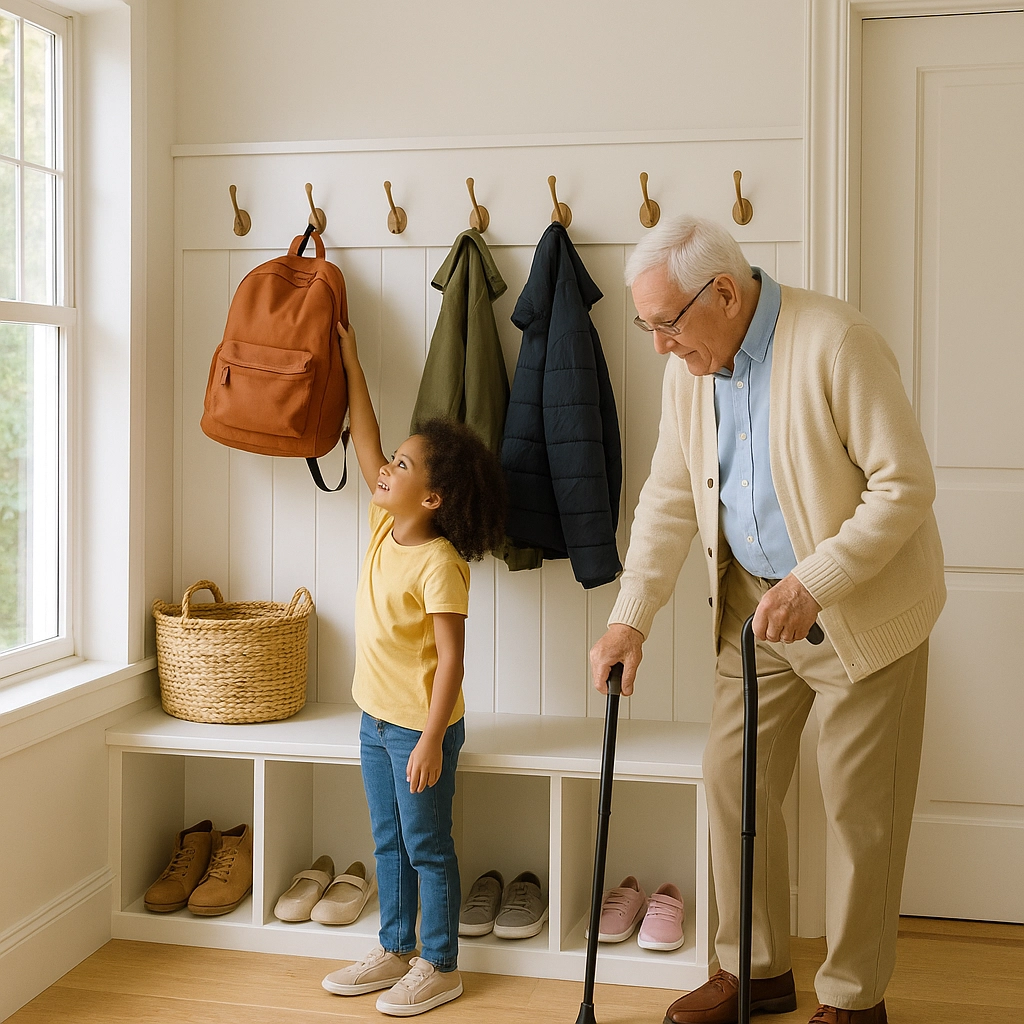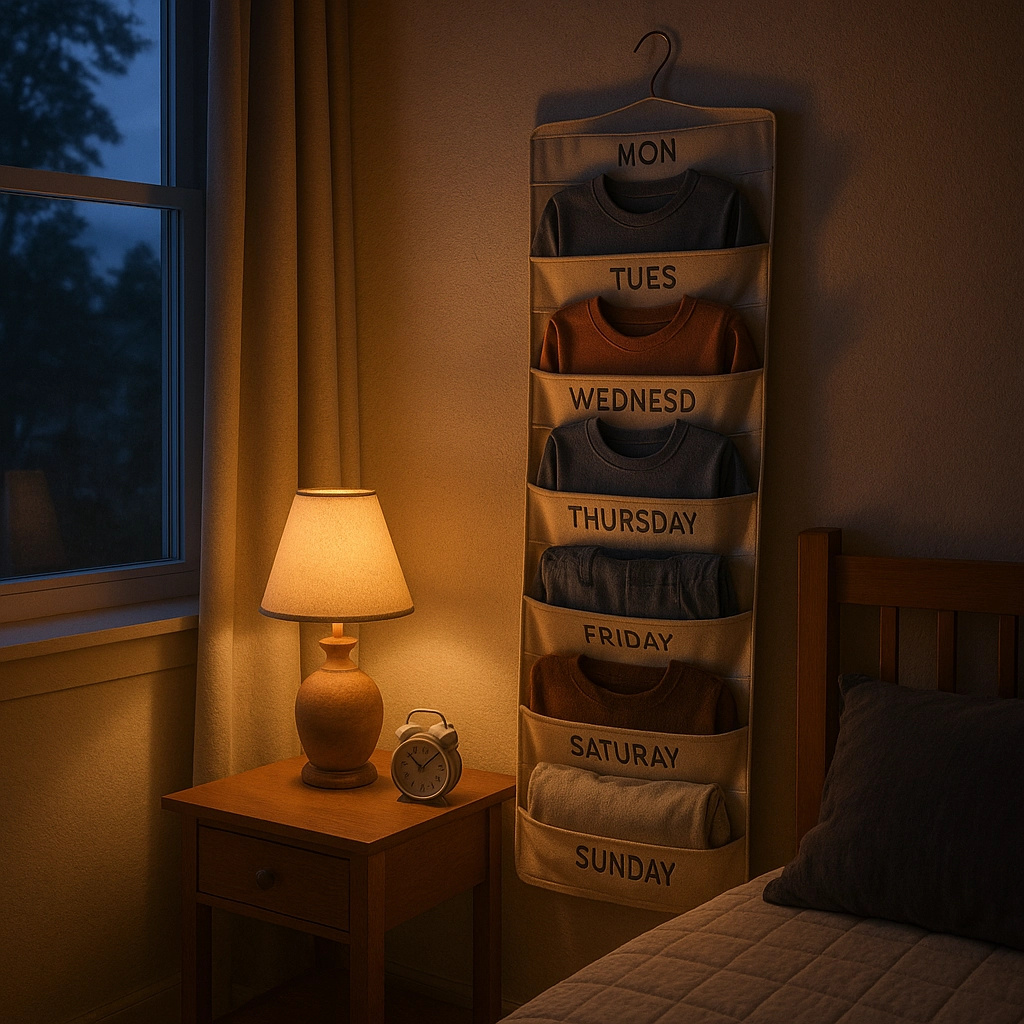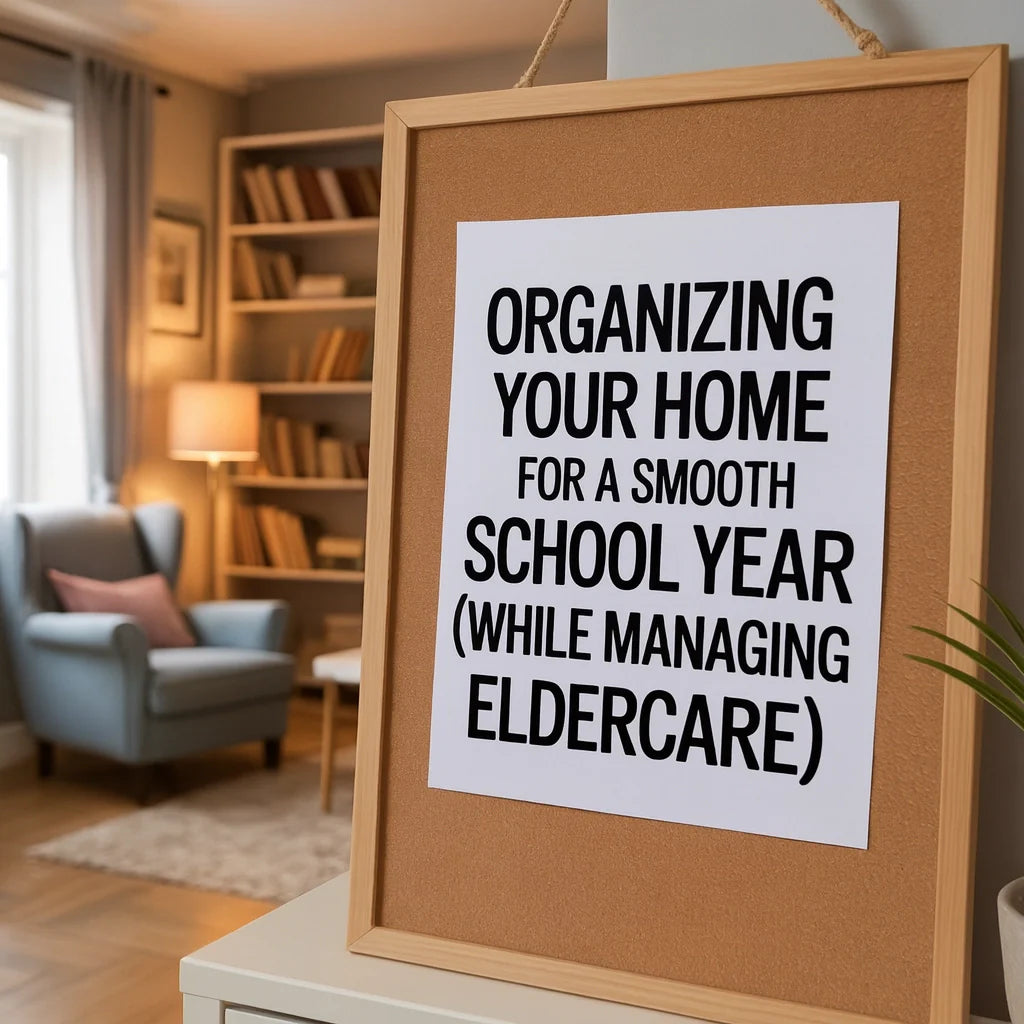Navigating back-to-school season is an annual adventure for any family, but if you’re also caring for an aging parent, it can feel more like juggling flaming torches while riding a unicycle. Enter the “Sandwich Generation”—those of us balancing school schedules, permission slips, and lunchboxes with medical appointments, medication reminders, and eldercare logistics. If that sounds familiar, you’re definitely not alone. The good news? With some organized systems, you can help your family thrive, reduce the chaos, and even find moments of calm in the storm.
Creating Unified Scheduling Systems
The cornerstone of keeping your household organized is having one master calendar that includes everyone’s needs. This isn’t just helpful; it’s essential when you’re managing a full house and an even fuller schedule.
- Digital calendars (like Google Calendar or Cozi) allow you to set recurring school events, parent-teacher conferences, extracurricular practices—and also block out eldercare appointments, therapy visits, and medication reminders.
- Try color-coding events by family member. For example, blue for school, green for eldercare, yellow for work, and red for “you” (yes, that’s important too!).
- Sync calendars across devices so everyone (kids included) can check what’s happening and when. This makes it less likely that school spirit week shows up as a surprise—or that Aunt Marianne’s doctor’s appointment gets double-booked with a soccer game.

Physical Organization Zones: Home Base for Chaos Control
A designated “home base” is like your home’s control center. It can be as simple as a table near the front door or a sectioned-off part of the kitchen counter—what matters is that it’s consistent and everyone knows how to use it.
Drop Zones & Entryway
- Hooks or cubbies at kid-height for backpacks, jackets, and lunch bags. Add a separate cubby or basket for your parents’ items—think purses, reading glasses, or mobility aids.
- One “launching pad” where everyone leaves what they’ll need for the next day. This can be a basket or a tray for packed bags, forms needing signatures, or items that might otherwise get forgotten in the morning rush.
- A whiteboard or message board in the same area helps keep advance reminders top-of-mind, like “Dad’s cardiology appointment at 2 PM” or “Band concert Thursday evening.”

Homework & Medication Central
- Set up a homework station—ideally in a quiet, well-lit spot. Mobile caddies work wonders for families that need to be flexible about study space. Stock it with pencils, erasers, glue sticks, and calculators so no one’s hunting for supplies at 7:30 p.m.
- Medication organizers and care logs should have a permanent home, accessible enough for you to double-check evening meds as you pack school lunches or review homework. If you’re tracking health notes (blood pressure readings, medication times), try a clipboard in your home base zone.

Streamlining Routines: Mornings and Evenings with Less Stress
The secret sauce to smoother days? Doing as much as you can the night before.
Prep the Night Before
- Pack backpacks, activity bags, and care supplies before bedtime. Check for signed permission slips, library books, and granola bars for tomorrow’s snack.
- Set out clothes for each child and your parent, if needed. Hanging organizers can be labeled by day to speed up morning decision-making.
- Prep breakfast choices and lunch gear. A “kids’ cupboard” stocked with cereals, snacks, and non-perishables empowers school-aged children to assemble their own lunches.
Consistent Routines for All Ages
- Decide on fixed meal and bedtime routines whenever possible: “Breakfast is at 7:15, dinner is always at 6:00.” Predictability calms nerves for both kids and elders, especially those struggling with cognitive changes.
- Use alarms or phone reminders for transitions (like taking medication or heading out for carpool).

Managing Incoming Paperwork and Digital Info
If you feel like you’re buried under a tidal wave of school flyers, permission slips, medical bills, and appointment reminders, you’re not imagining things!
- Set up an “inbox” and “outbox” system: One basket or file for paperwork you need to process, and one for papers that need to go out (signed forms, bills, lunch money, etc.).
- Process papers daily (even five minutes after dinner does wonders). Recycle immediately what you don’t need, and snap a photo of important reminders so nothing gets missed.
- For art projects and precious schoolwork, consider an app like Artkive, which lets you archive and print keepsake photo books, so your fridge isn’t doing all the heavy lifting.
- For medical documentation, keep a binder or digital folder for each elder you’re helping to care for. Include appointment summaries, medication lists, and important contacts.
Delegate, Adjust, and Don’t Go It Alone
You don’t have to be the household superhero every day. Look for ways to lighten your own load:
- Assign age-appropriate chores to kids (stocking the snack cupboard, prepping outfits, helping with laundry).
- Ask for help—from your spouse, older kids, or even a neighbor. Many families find that hiring a cleaning service occasionally or using a grocery delivery app pays for itself in saved sanity.
- Tap into resources like our consulting services for personalized guidance, or check out downloadable organization worksheets to jumpstart your home’s new routines.
Embracing Flexibility and Teaching Life Skills
Remember: a perfectly organized home isn’t a requirement for happy, thriving kids (or for you to give excellent care to a loved one). If the “new normal” means homework happens at the kitchen table while you prep Dad’s meds, or dinner is takeout on Thursday nights, give yourself grace. This season is teaching your kids about compassion, teamwork, and adaptability—and those lessons last well beyond the school year.

Whether you’re revamping your entryway or finally creating a master calendar that works, small improvements add up. Bring the whole family into the process, celebrate the wins (even if it’s just “we didn’t lose the field trip form this week!”), and check in with yourself regularly. If a system isn’t serving you, tweak it—or let it go.
And if you ever need more personalized tips or a nudge in the right direction, Essential Home Organization has your back.
Happy organizing, and here’s to a smoother school year—whatever life throws your way!

